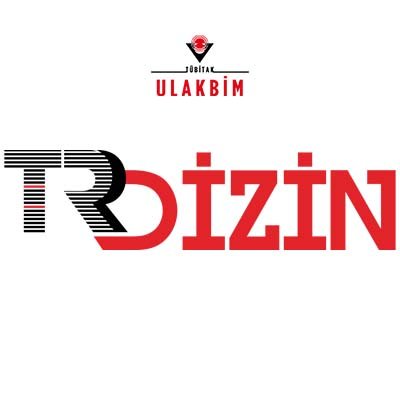Objectives: This study aimed to determine whether different types of short-term (4 weeks) weight-loss training programs would promote changes in whole body and regional body composition in middle-aged individuals, whether there is a more effective program, and whether there are sex differences between baseline and postinterventions.
Methods: Twenty-six middle-aged (44 ± 7 years), obese, and nonactive females and males were randomly assigned into four groups: nonspecific training program with nutritional counseling (G1), combined resistance and endurance program with nutritional counseling (G2), combined resistance and endurance program without nutritional counseling (G3), and resistance exercise program without nutritional counseling (G4). Body mass, body mass index and fat mass, free fat mass, and percentage of body fat of the whole body and segments (trunk, arms, and legs) were measured at baseline and postinterventions by a dualenergy x-ray absorptiometry.
Results: In G1, body mass and body mass index decreased between baseline and postintervention (82.7 ± 15.6 kg vs. 80.4 ± 14.2 kg, Δ = −2.3 kg; p = .024 and 30.47 ± 5.5 kg/m2 vs. 29.6 ± 5.1 kg/m2; Δ = −0.84 kg/m2; p = .017, respectively). Similar results occurred in G2 (82.0 ± 16.1 kg vs. 79.8 ± 15.8 kg, Δ = −2.2 kg; p = .040 and 28.8 ± 2.4 kg/m2 vs. 28.0 ± 2.1 kg/m2; Δ = −0.78 kg/m2; p = .036, respectively). Free fat mass showed a decrease between baseline and postinterventions for G1 (51.8 ± 14.8 kg vs. 48.7 ± 13.3 kg, Δ = −3.0 kg; p = .032), G2 (53.6 ± 14.5 kg vs. 50.3 ± 12.3 kg, Δ = −3.26 kg; p = .040), and G4 (51.3 ± 12.4 kg vs. 47.7 ± 12.3 kg, Δ = −3.52 kg; p = .002). Only G4 showed an increase in fat mass (22.1 ± 3.6 kg vs. 23.9 ± 4.4 kg, Δ = 1.8 kg; p = .004) and % of body fat (29.7 ± 5.4 kg vs. 32.7 ± 6.3 kg, Δ = ~3%; p = .005) between baseline and postinterventions.
Conclusion: In conclusion, short-term training programs were ineffective in changing body composition positively.
Cite this article as: Antunes Nicoletti, R., Pereira de Souza, T., Müller Pessôa Filho, D., Villar, R., & Saranz Zago, A. (2023). Cross-sectional analysis of whole body and regional body composition changes after a short-term weight-loss program combining exercise and nutritional counseling. Research in Sports Science, 13(1), 9-16.


.jpg)


.png)


